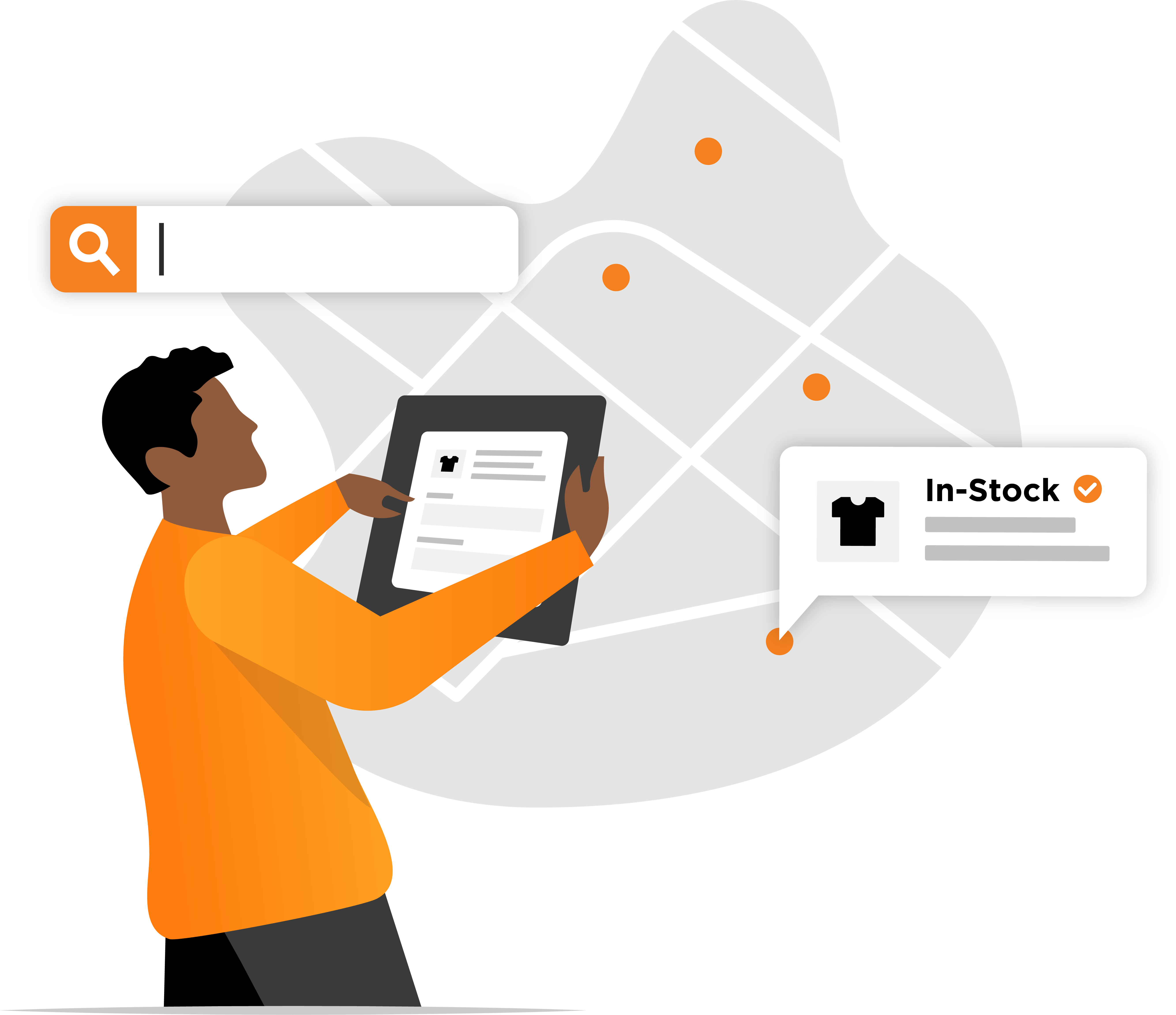Unified Order Management for direct-to-consumer (DTC) brands is not only a breakthrough alternative to the inflexible methods available in your Enterprise Resource Planning (ERP) — but a critical necessity to fully understanding your ecommerce inventory.
A modern Order Management System (OMS) is the only way to get the full picture of your ecommerce inventory: what’s there; where it is; and how to get it to customers efficiently.
Logistics Voices recently published a nice explanation of how a unified OMS and DOM (Distributed Order Management) solution benefits DTC brands and its advantages over using your ERP for inventory management, including:
- Why visibility is a top struggle with big implications
- What happens when you cannot get a real-time, centralised view of enterprise data and reporting
- Why it’s impossible to get a single view in ERP, a system that’s limited to inventory tracking vs. true visibility, automation, and optimisation
- The rise of supply chain platforms that can effectively pull data from multiple systems into a single, unified order management environment
- How OMS and DOM solutions are tying it all together (with benefits and examples)
- Tips for getting these sophisticated capabilities, which were once accessible only to the big IT spenders, faster and more affordably
Related article: What is Direct-to-Consumer (DTC) Order Fulfillment?
